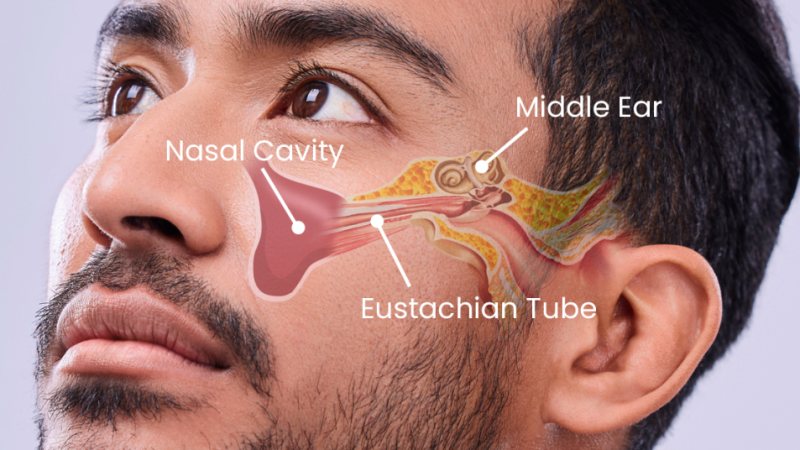What to Know Before Buying Contact Lenses

Contact lenses are now more versatile than ever. Understand the benefits and drawbacks of common types of contact lenses, as well as the ground rules for avoiding eye infections.
Soft contact lenses
The most commonly prescribed contact lenses are soft. They can be used to correct a variety of vision issues, such as:
- nearsightedness (myopia)
- farsightedness (hyperopia)
- Vision impairment (astigmatism)
- Close-up vision loss as we age (presbyopia)
Soft contact lenses are more comfortable and simple than rigid gas-permeable lenses. Soft contact lenses are available in a variety of styles, including:
- Daily use lenses One-day lenses are designed to be worn only for one day. At night, you remove and dispose of them. Other options include two-week disposable lenses, monthly disposable lenses, and quarterly disposable lenses for some prescriptions. These lenses are typically removed each night for cleaning and disinfection.
- Wear lenses overnight (extended). Some soft contact lenses can be worn continuously for up to 30 days, including while sleeping. However, this type of lens wear can result in complications such as debris buildup under the lens, corneal issues, or serious eye infections.
Contact lenses that are rigid and gas permeable
For most vision problems, rigid gas-permeable lenses provide clear, crisp vision. If you’ve tried soft contact lenses and were dissatisfied with the results, or if you have “dry eyes,” these contact lenses could be beneficial.
Rigid gas-permeable contact lenses outlast soft contact lenses. They are also more breathable, which allows more oxygen to reach the cornea. These contact lenses must be removed at night for cleaning and disinfection, but some can be worn for up to a week or even up to 30 days.
It may take several days or weeks to adjust to rigid gas-permeable contact lenses. However, if your prescription does not change and you maintain your lenses properly, you can wear the same pair for up to two to three years.
Contact lenses with specialised functions
Depending on your vision requirements, you may want to consider specialised contact lenses like:
- Contact lenses that are hybrids. A rigid gas permeable centre is surrounded by a soft outer ring in hybrid contact lenses. They can correct nearsightedness, farsightedness, astigmatism, age-related loss of close-up vision, and irregular corneal curvature (keratoconus). They may also be more comfortable to wear than standard gas-permeable lenses.
- Multifocal contact lenses. These lenses come in various materials and can correct nearsightedness, farsightedness, and presbyopia.
- Contact lenses with a tint. Tinted contact lenses can be used for either cosmetic or therapeutic purposes. Tinting, for example, can improve colour perception and compensate for colour blindness.
- Contact lenses for sclera. These rigid gas-permeable lenses are larger than most, extending to the eyeball’s white outer layer (sclera). They can aid in vision correction if your cornea is irregular or distorted.
- Orthokeratology. These rigid gas-permeable lenses are worn while sleeping to alter your cornea’s curvature temporarily. This results in clear vision while you are awake.
- Coatings for contact lenses This treatment makes the lens surface slippery and less prone to bacteria adhering to it. The coating is suitable for both soft and rigid gas-permeable contact lenses.







